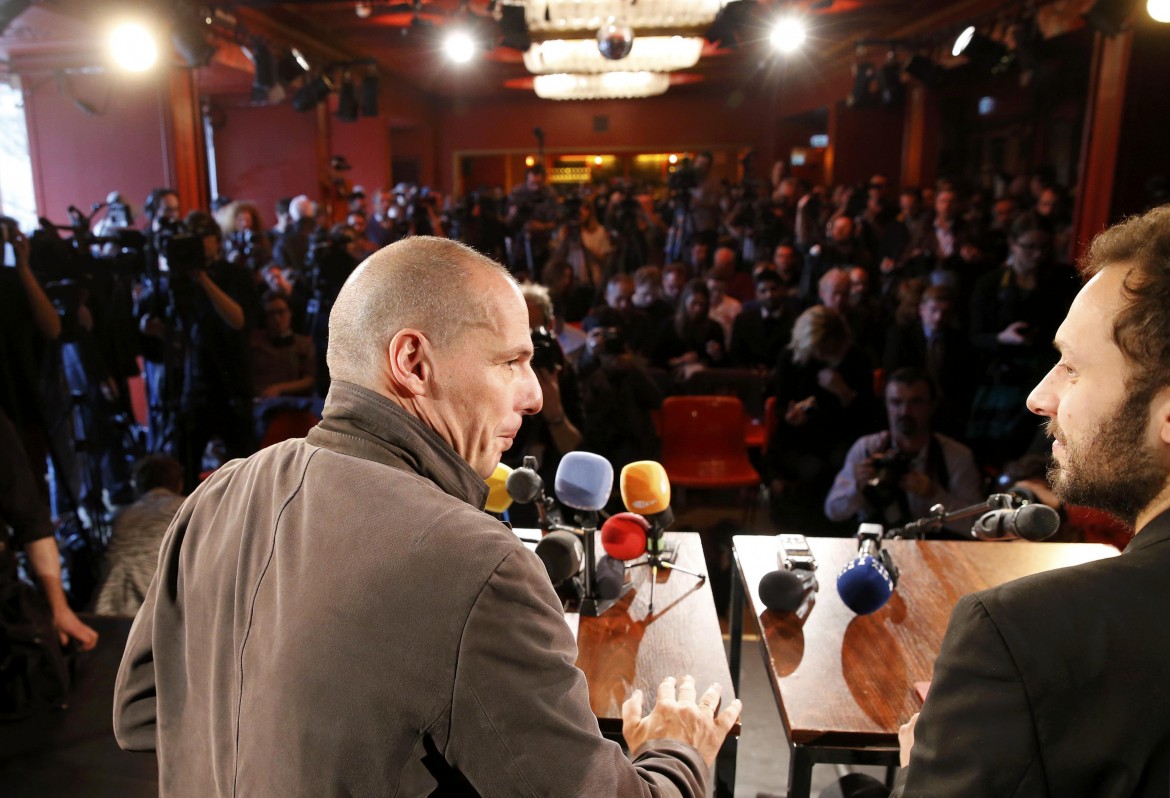Are classical sculptures fashion? Gucci seems to think so. A week ago, the Italian fashion label, led by creative director Alessandro Michele, posted on its Instagram account — the latest frontier of successful advertising companies — animated images of the Parthenon friezes. Its characters wear clothes and accessories of well-known fashion brands.
Dionysus is dressed up like a woman in the act of clicking a selfie. Cecrope is wearing hippie pants, sunglasses and zebra sneakers hanging from his neck.
The GIFs, with background music, were made by Derya Ayhan Cakirsoy, a specialist in digital art and fashion design. Michele chose Cakirsoy and other creative minds for the #GucciGram project, inviting established or emerging web talents and illustrators from around the world to design works that depict the Gucci Blooms and Gucci Caleido motifs.
But if the surreal charming scenes designed by the German artist, transplanted in Istanbul, collected tens of thousands of likes, they also provoked outraged comments about the virtual desecration of Phidias’ masterpieces.
Despite the Greek government’s recent decision to abandon the legal battle for their return, the friezes of the Parthenon — also known as Elgin’s Marbles after their English usurper — are an open wound for the Greeks. The UNESCO Club of Piraeus and the Islands described the Gucci gimmick as an “act of vandalism.”
In fact, Cakirsoy — who was inspired by a reconstruction of the Parthenon pediments by the sculptor Karl Schwerzek, displayed at the Acropolis Museum in Athens — is not the first to use ancient statues as glamor models. Two years ago, the photographer Léo Caillard, known for his campaigns on behalf of Amnesty International, implemented a project titled “Hipster in Stone,” dressing Greek gods and other icons of the Louvre’s Richelieu room with jeans and other articles of clothing typical of the style of the new bohemians. In that case, he used a long process of casting with real models and careful post-production for the image overlay.
In 2014, Gerald Bruneau, a student of Andy Warhol, scandalized the Archaeological Museum of Reggio Calabria after his apparently unauthorized photo shoot, from which emerged images of the two Riace Bronze Statues in bridal veil and leopard thong.
Ancient art is more contemporary than we like to think, but what is the message to be conveyed? Could it be that no one pays attention to culture until business — or designers — appropriates it?
Gucci does not have to pay royalties to Phidias, but if it really wants to leverage the appeal of stars of the fifth century BC, it could at least become a patron and cede part of the proceeds to Greece. The struggling country could sure use some help paying for restorations or funding some scholarships for trendy, young archaeologists.
–> Originally published in Italian at il manifesto on Jan. 7, 2015






